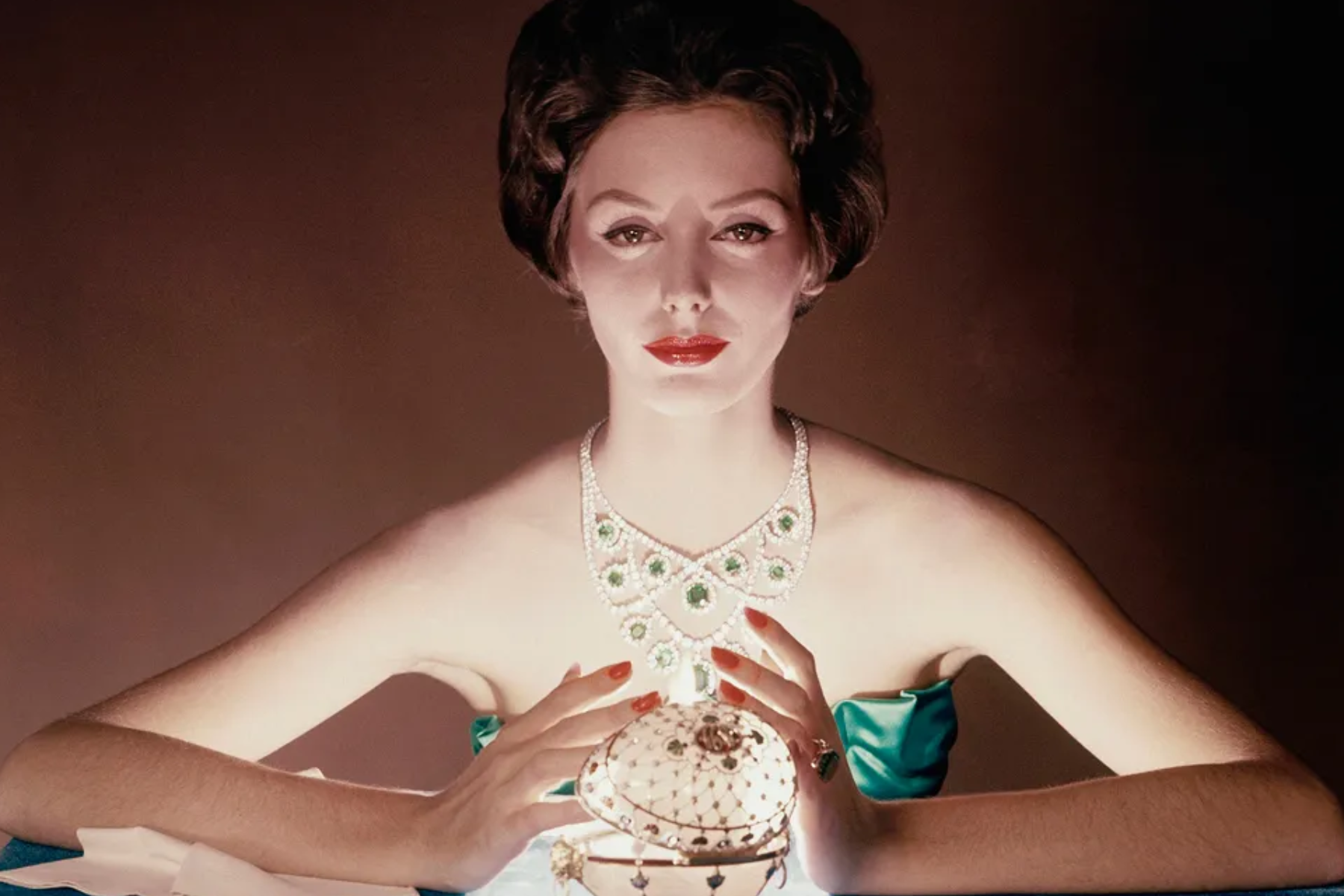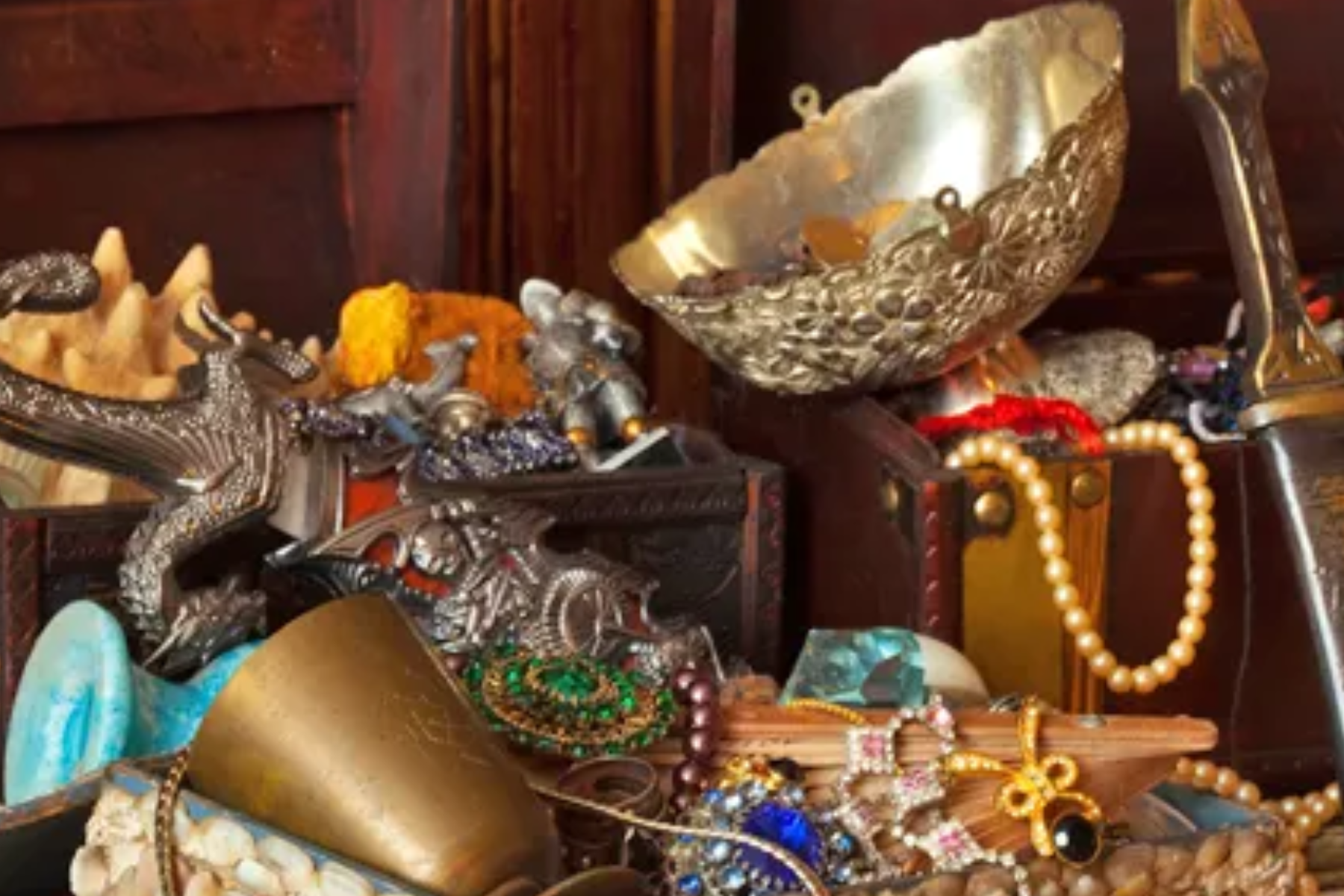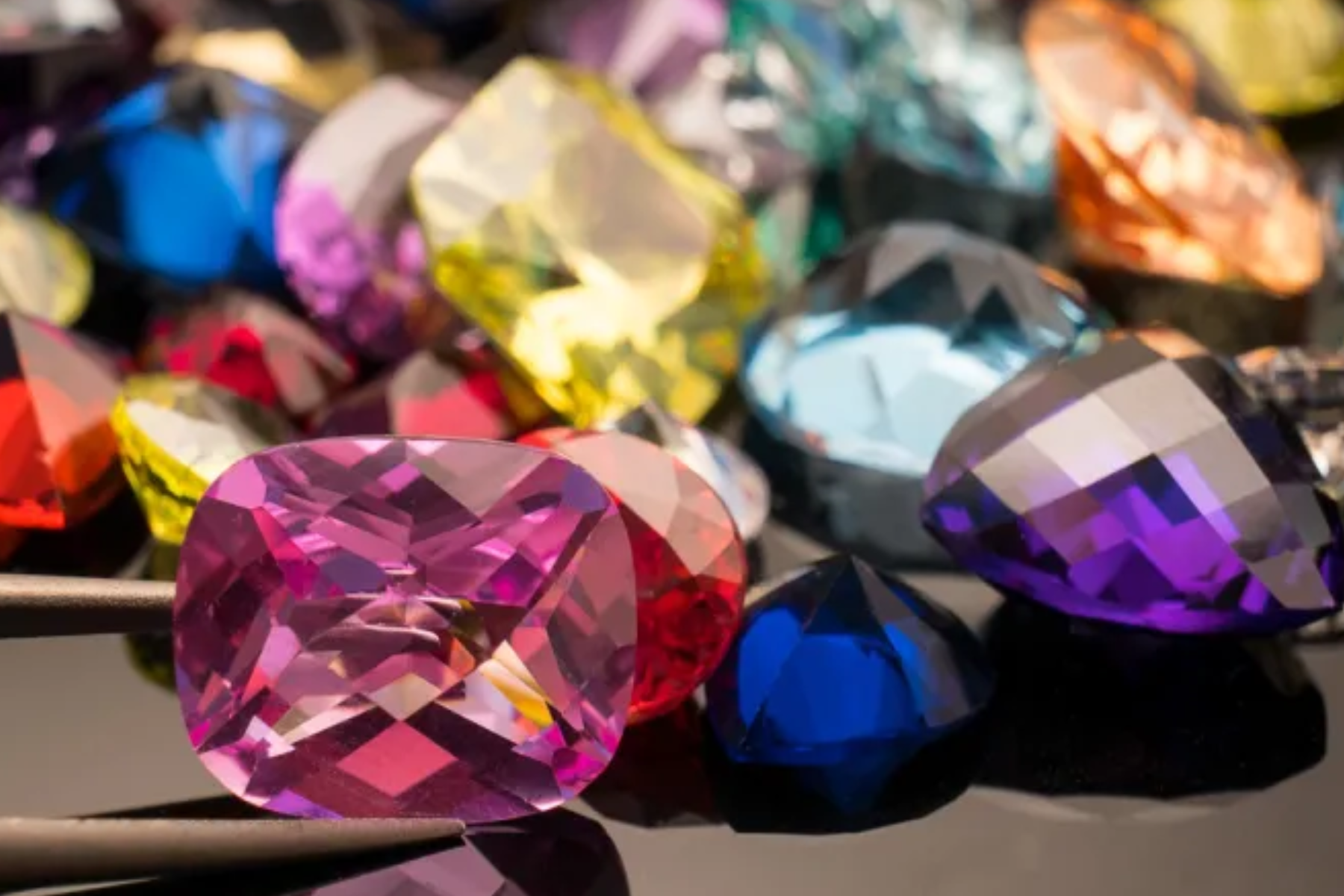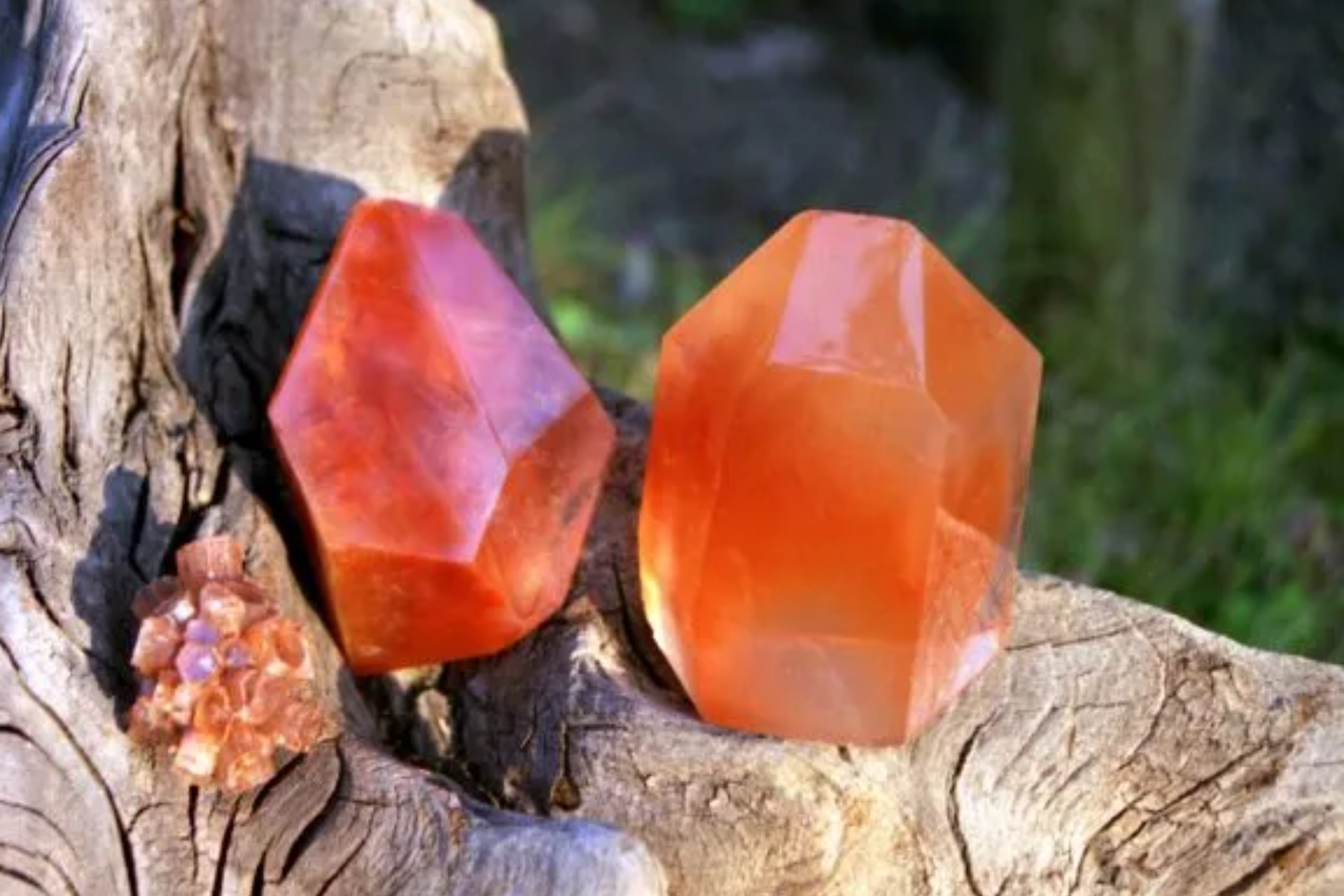Gemstones, also known as precious stones, have captured the human imagination for millennia.
These alluring and rare minerals have adorned jewelry, religious artifacts, and royal crowns, and have been attributed with healing powers and spiritual significance.
In this article, we will delve into the history and cultural significance of gemstones, exploring their journey from ancient civilizations to the modern world.
The Significance Of Understanding The History Of Gemstones
Gemstoneshave long captivated human beings with their beauty, rarity, and mystical properties. Throughout history, gemstones have played a central role in various cultures, societies, and religions, serving as symbols of power, wealth, and spirituality.
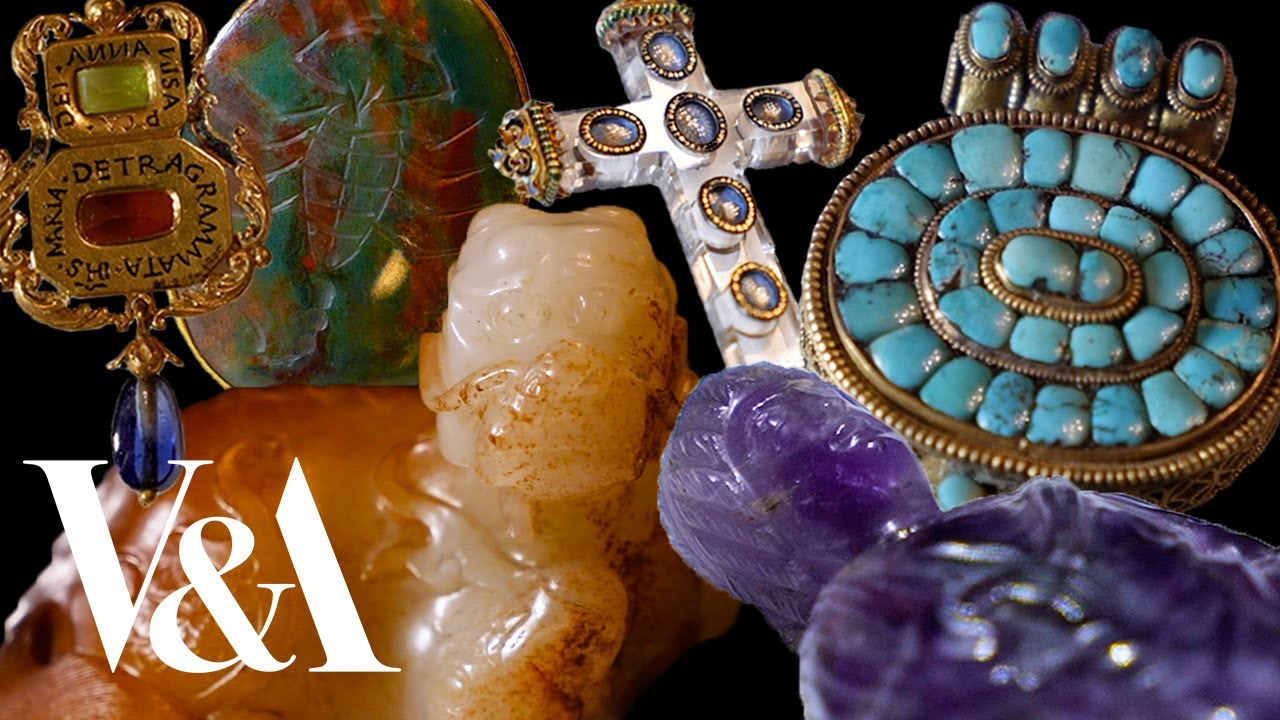
A brief history of powerful gemstone amulets | V&A
According to Shahla Karimi, they can increase your energy, clean your space, attract prosperity, improve your intuition, strengthen your mental talents, build your confidence, bring abundance, or even attract love.
Understanding the history of gemstones not only enriches our knowledge of these precious minerals but also provides valuable insights into the evolution of human civilization and the cultural significance attached to these dazzling treasures.
A Journey Through Time - The Historical Timeline Of Gemstones
- Ancient Origins- The use of gemstones can be traced back to ancient civilizations such as the Egyptians, Greeks, and Romans, who believed in the spiritual and healing properties of gems.
- Symbolism and Royalty- Throughout history, gemstones adorned the crowns and jewelry of royalty, signifying power, wealth, and status. For instance, the British Crown Jewels showcase a rich collection of historical gemstones with stories datingback centuries.
- Cultural Beliefs- Different cultures assigned specific meanings to gemstones. For example, the significance of birthstonesand zodiac gems varies across cultures and has endured through generations.
The Art And Science Of Gemology - Unraveling Nature's Secrets
- Gem Identification- Studying the history of gemstones has led to the development of gemology, the science of identifying and evaluating gemstones based on their physical and chemical properties.
- Geology and Formation- Understanding the geological processes that formed gemstones over millions of years offers a glimpse into the Earth's history and the forces that shaped its crust.
- Treatments and Enhancements- Historical knowledge of gemstones provides critical insights into traditional treatments and modern enhancements, enabling gemologists to distinguish natural gems from synthetic ones.
Gemstones In Mythology And Folklore - Unveiling Cultural Narratives
- Mythical Legends- Many gemstones are steeped in mythology and folklore, with beliefs ranging from providing protection against evil to possessing supernatural powers.
- Cultural Traditions- The history of gemstones is intertwined with cultural rituals and traditions, such as using gems as talismans, or amulets, or offering them in religious ceremonies.
- Symbolism in Literature and Art- Throughout history, writers, poets, and artists have referenced gemstones as symbols of emotions, virtues, and values, reflecting the enduring impact of these minerals on human creativity and expression.
Gem Trade And Economic Significance - Fueling Commerce And Societal Development
- Global Trade Routes- The demand for gemstones has driven trade routes across continents, facilitating cultural exchange and economic development throughout history.
- Economic Value- The gemstone trade has contributed significantly to the economies of various regions, providing livelihoods for miners, artisans, and traders.
- Impact on Modern Industry- Historical understanding of gemstone trade dynamics has influenced modern gem commerce, ethics, and regulations.
Conservation And Ethical Considerations - Learning From The Past
- Responsible Sourcing- Examining the historical exploitation of gem deposits raises awareness about ethical sourcing and encourages sustainable practices in the modern gem industry.
- Cultural Heritage- Understanding the history of gemstones helps preserve the cultural heritage associated with these minerals, encouraging protection and appreciation of their significance.
Early Human Connection To Gemstones
Since prehistoric times, humans have been intrigued by the dazzling beauty of gemstones. Early humans stumbled upon these colorful stones while foraging and immediately developed a fascination with them.
The discovery of gemstones in different regions sparked curiosity and wonder, leading to the belief that these stones were connected to the divine.
Ancient civilizations recognized the value and symbolism of gemstones, incorporating them into their cultures, rituals, and adornments.
The Egyptians, for example, used gemstones in both jewelry and burial rituals, believing that these stones possessed protective powers in the afterlife.
In Mesopotamia, gemstones were associated with deities and featured prominently in religious artifacts.
Gemstones In Ancient Civilizations
The use of gemstones in ancient civilizations extended beyond adornment and religious practices. In ancient Greece and Rome, gemstones were symbols of wealth, power, and status.
They adorned the crowns of kings and the ringsof emperors, signifying their authority and divinity.
Gemstones In Medieval Times
During the medieval era, gemstones played a crucial role in jewelry and fashion. They were popular among the nobility and royalty, adorning crowns, scepters, and other regalia.
Additionally, gemstones were integral to religious art and artifacts, symbolizing the divine and the spiritual realm.
Renaissance And The Age Of Exploration
The Renaissance period saw a surge in gem appreciation, with artists and scholars recognizing their artistic and historical value.
The Age of Exploration facilitated the global trade of gemstones, leading to their widespread popularity among various cultures.
Gemstones In Modern Times
In modern times, gemstones have not lost their allure. Beyond their ornamental value, gemstones find applications in various industries, including technology and manufacturing.
The gem trade continues to thrive, but ethical concerns surrounding mining practices have gained prominence.
Birthstones And Astrological Significance
The concept of birthstones, where each month is associated with a specific gemstone, has its roots in ancient beliefs.
Moreover, certain gemstones are believed to correspond with astrological signs, offering various benefits and attributes to individuals born under those signs.
Healing Properties And Metaphysical Beliefs
Gemstones have been linked to metaphysical beliefs, with some enthusiasts believing that these stones possess healing properties and can promote well-being. Alternative medicine often incorporates gemstones in various practices.
International Gem Society, practitioners in some belief systems actually place gemstones on specific regions of the body to aid healing.
Famous Gemstones And Their Stories
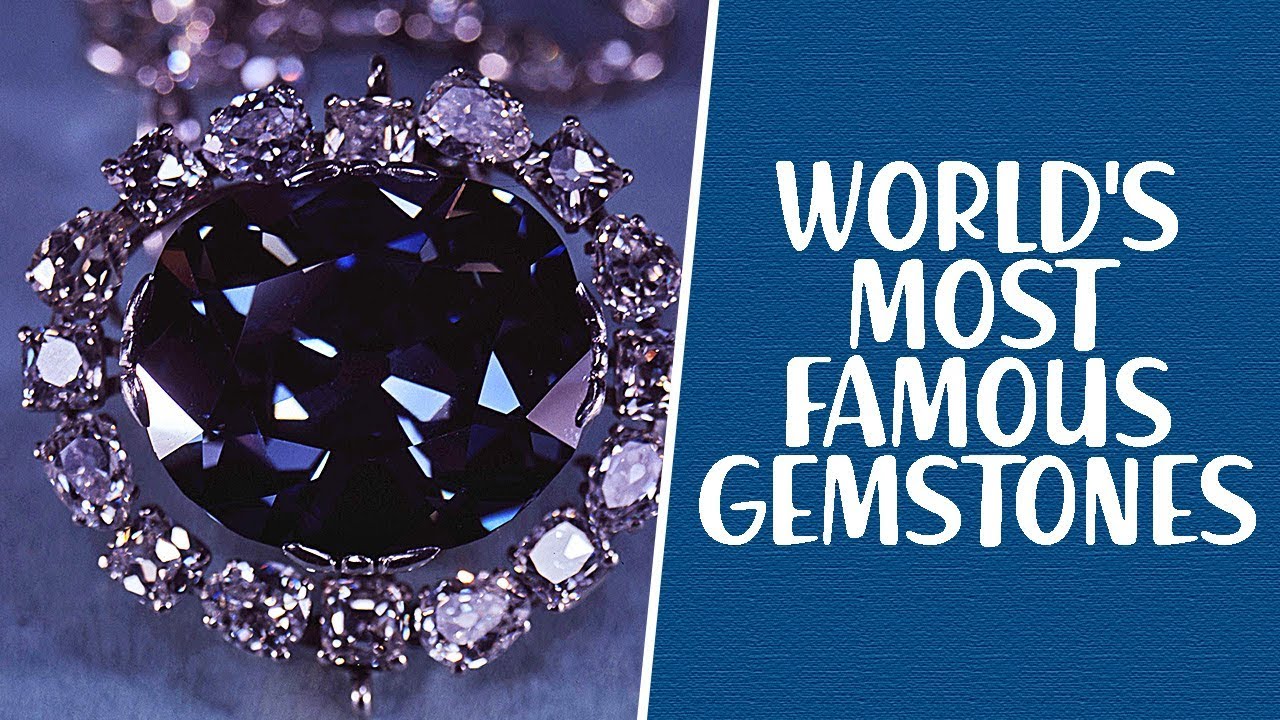
The World's Most Famous Gemstones
Certain gemstones have gained notoriety due to their fascinating histories and legends. The Hope Diamond, for example, is rumored to be cursed, bringing misfortune to its owners, while the Star of India, a stunning blue star sapphire, has its own tale of intrigue.
The Gemstone Industry Today
The modern gemstone industry faces challenges related to mining practices and environmental impact. Ethical sourcing and sustainability have become essential considerations in the gem trade.
Cultural Significance Of Gemstones Worldwide
Gemstones hold cultural significance in diverse societies and traditions. Different cultures attach unique meanings and symbolism to specific gemstones, which often play pivotal roles in celebrations and rituals.
Gemstones In Art And Literature
Throughout history, gemstones have been featured in literature and art as symbols and metaphors. Poets, writers, and artists have employed these precious stones to evoke emotion and add depth to their creations.
Gemstone Myths And Legends
Myths and legends surrounding gemstones have fascinated people for centuries. From legendary gemstones with magical powers to those believed to bring bad luck, these stories contribute to the allure and mystique of these precious stones.
Most mythical gem according to Angara: Ruby.Since ancient times, this dazzling diamond has played an essential role in history. It was thought to be one of God's 12 precious stones in the Bible.
Gemstones In Popular Culture
Gemstones continue to captivate popular culture, making appearances in movies, TV shows, and music videos. They remain associated with luxury, beauty, and status in contemporary society.
Are Gemstones The Oldest Stones?
Gemstones have fascinated human beings for millennia, captivating our imagination with their brilliance and allure.
These dazzling minerals, with their exquisite colors and unique properties, have held cultural, religious, and economic significance throughout history. The question arises: are gemstones the oldest stones on Earth?
The Geological Timeline - A Journey Back In Time
- Earth's Formation- The Earth was formed approximately 4.6 billion years ago from a cloud of gas and dust. During this process, minerals and rocks began to crystallize, laying the foundation for the eventual formation of gemstones.
- Ancient Rocks- The oldest known rocks on Earth are found in Western Greenland, dating back around 3.8 billion years. These rocks contain mineral formations that foreshadowed the birth of gemstones.
- Formation of Crystals- As the Earth's crust cooled and solidified, various minerals began to crystallize, including quartz, which is one of the most common gemstones in the world today.
The Oldest Gemstones - Ancient Treasures Of The Earth
- Zircons- Zircons are one of the oldest known gemstones on Earth. In 2015, researchers found a zircon crystal in Western Australia dating back approximately 4.4 billion years, making it one of the oldest minerals ever discovered.
- Diamonds- Although not the oldest gemstones, diamonds have a rich geological history, with some diamonds dating back billions of years. The oldest diamonds are believed to be around 3.3 billion years old and were found in Western Greenland.
The Human Connection - Gemstones In Ancient Civilizations
- Ancient Egypt- Gemstones held immense significance in ancient Egyptian culture. They were used in jewelry, burial rituals, and amulets, symbolizing protection, power, and spirituality.
- Mesopotamia- Ancient civilizations in Mesopotamia also valued gemstones and used them for decorative purposes and as talismans.
- Ancient India- Gemstones, known as "Navaratnas," played a prominent role in ancient Indian culture, associated with astrological beliefs and offering a range of benefits to their wearers.
The Enduring Legacy - Gemstones Across Time
- Greek and Roman Era- Gemstones were highly prized during the classical period, adorning jewelry, crowns, and statues. The Romans, in particular, valued pearls, emeralds, and sapphires.
- Medieval Europe- During the Middle Ages, gemstones were a symbol of power and status, with nobility and clergy displaying their wealth through ornate jewelry.
- Renaissance and Baroque Periods- Gemstones continued to be coveted during the Renaissance and Baroque eras, with increased use in decorative arts and royal adornments.
People Also Ask
Are Gemstones Always Expensive?
Gemstones' value varies depending on factors like rarity, size, and quality. While some can be quite costly, there are also affordable options available.
Do Gemstones Possess Healing Properties?
The belief in gemstone healing properties is subjective and varies among individuals and cultures. Scientific evidence supporting such claims is limited.
What Is The Rarest Gemstone In The World?
The title of the rarest gemstone is often attributed to the pink Star Diamond, a unique and valuable gemstone.
How Do I Choose The Right Gemstone For Myself?
Selecting a gemstone involves personal preference, birthstone significance, and considering the stone's properties, meanings, and symbolic representations.
What Measures Are Being Taken To Address Ethical Concerns In The Gemstone Industry?
Many initiatives promote responsible mining, fair trade, and sustainable practices to address ethical concerns in the gemstone industry.
Conclusion
The history and cultural significance of gemstones are intertwined with the human experience. From ancient civilizations to modern times, these captivating minerals have held a place of reverence and awe in various aspects of life.
Their enduring allure will undoubtedly continue to shape human culture and creativity for generations to come.
